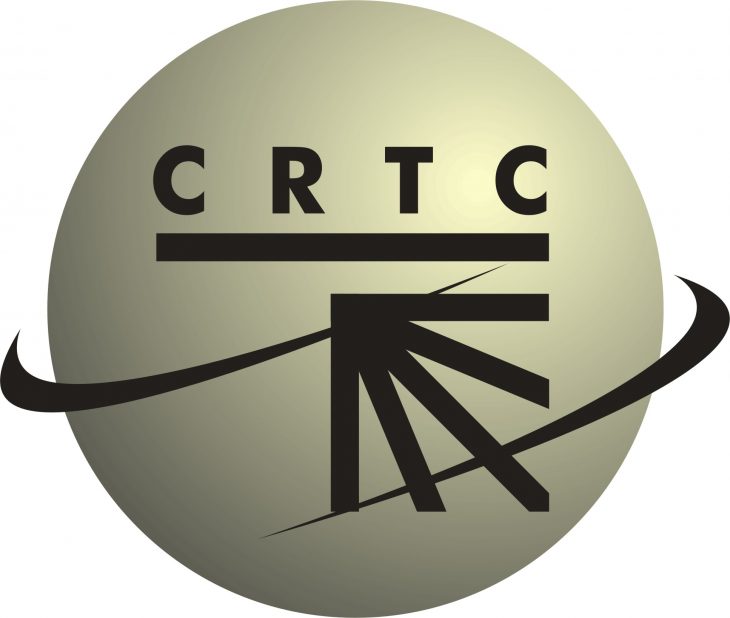
WHILE IT WORKS ON the report requested by the federal government on future programming distribution models, on Monday, the CRTC will hold a hearing on the renewals of four speciality channels that benefit from the traditional way of doing things: mandatory distribution.
Pelmorex (The Weather Network and MétéoMédia), TV5/Unis (TV5 programming focused on the international Francophonie; and Unis programming focused on official language minority communities), APTN [focused on Aboriginal People], Vues et Voix [French reading and information for the visually impaired], and the Cable Public Affairs Channel (CPAC) – although CPAC's file is considered complete and will not appear at the oral hearing.
Mandatory distribution means that all licensed cable, IPTV and satellite providers must place those services on their basic tier and therefore all subscribers must pay for those services. As the Commission said in CRTC 2013-372, “Because part of the fees for these channels may be reflected on Canadians’ monthly cable or satellite bills, the Commission requires their distribution only in exceptional circumstances where the channels fulfill important policy objectives under the Act.”
A clear majority of the 16,000-plus intervenors (more than 13,000+, for Pelmorex alone) is in support of the renewals of those services, but some have more guarded comments such as Bell Canada, which wrote in a submission: “The Commission must be fully satisfied that the applications meet all of the factors set out in BRP 2010-629 to remain qualified for 9(1)(h) status. Should that be the case then we are supportive of the licence renewals and the continued mandatory distribution of all the applicants, subject to our comments below”.
Others, such as SaskTel, wrote “Content creation and distribution are occurring under legacy legislative and regulatory requirements that operate in concurrence with many domestic and foreign ‘new media’ alternatives that are not subject to any legislative or regulatory requirements. We respectfully suggest that limiting consumer choice through the renewal of these applications will not serve the public interest.
The Public Interest Advocacy Centre as well as the BDUs seem to agree that the rate increases requested by APTN (from $0.31 to $0.36 per subscriber per month) and Vues et Voix (to $0.04 from $0.02) should not be granted. CPAC also wants a one-cent increase to $0.13/customer/month.
The applicants argue that rate increases are required to compensate for inflation and declining subscriber base (cord cutting) to maintain their programming commitment, but they also propose to lessen Canadian programming requirements. However, “mandatory distribution status is not, in PIAC’s view, intended to act as a stop-gap to compensate for declining revenues caused by broader changes to the ‘traditional’ television market,” reads its submission.
With a $25 CRTC-mandated skinny basic, it’s argued that increased rates plus the addition of a new multicultural channel would require that the $25 cap be adjusted to be sustainable.
Finally, Pelmorex, is requesting the mandatory distribution of both MétéoMédia and The Weather Network in all bilingual markets across the country (instead of just in MM in French markets and TWN in English ones) with no additional rate increase. They also ask that the genre protection recently eliminated in the Let’s Talk TV recently be reinstated in their case.
Funding of Pelmorex’s services through mandatory carriage is also questioned: “The content creation and distribution regulations should not be used to fund an emergency alerting system which should be funded separately, according to approved costs, said SaskTel in its intervention.”
Pelmorex was granted its 9(1)(h) status previously because it was the lone member of the Canadian broadcast industry to respond to the Commission’s challenge to create an emergency alerting system for Canadians – and such status gave it stable revenue to help build and run it.
Finally, five other applications are also part of this hearing but not require oral presentations. Because the Broadcasting Act requires hearings to be held for licence renewals, the Commission has used those non-appearing hearings to fulfil the requirements of the Act while not overburdening itself. Maybe that Act should be reviewed…


